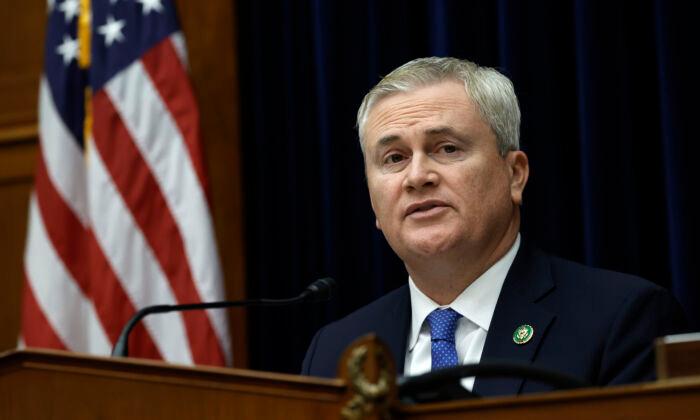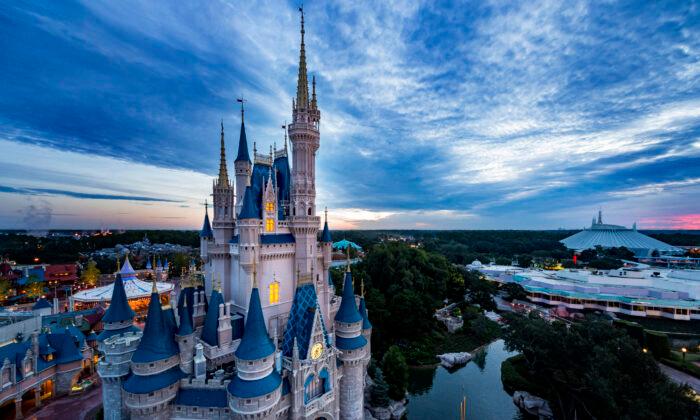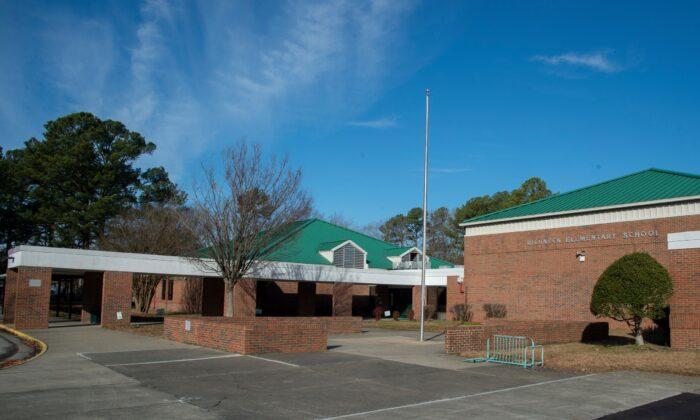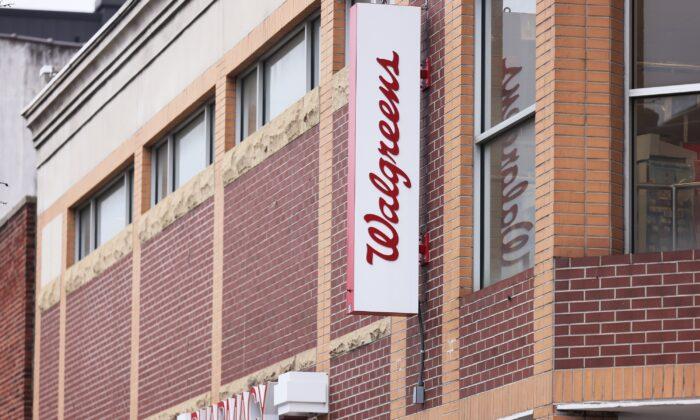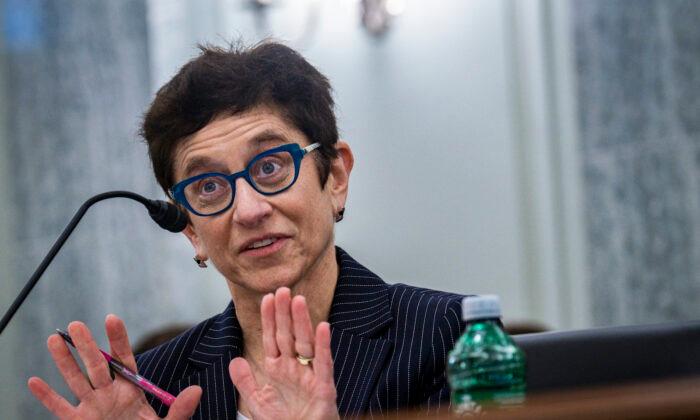House Oversight Chair James Comer (R-Ky.) sent a letter on Thursday to the U.S. State Department demanding records and a briefing by the agency regarding its alleged funding of a “disinformation tracking group” that is blacklisting conservative-leaning news outlets.
“The Committee is disturbed by recent reporting that taxpayer money ended up in the hands of a foreign organization running an advertising blacklist of organizations accused of hosting disinformation on their websites, including several conservative-leaning news organizations,” Comer wrote.
The letter goes on to detail the Washington Examiner’s findings.
Some of these “disinformation monitors,” the Washington Examiner went on to explain, “are compiling secret blacklists and feeding them to ad companies, with the aim of defunding and shutting down disfavored speech.”
One such group is British Global Disinformation Institute (GDI), which has compiled a “dynamic exclusion list” of 2,000 websites and rates those outlets based on their “alleged disinformation ‘risk’ factor,” according to the Washington Examiner.
In his letter, Comer cites a $330,000 figure that, according to the Washington Examiner, GDI received from State Department funds.
“The federal government should not be censoring free speech nor policing what news outlets Americans choose to consume,” Comer wrote in the letter.
“And taxpayer funds should never be given to third parties with the intent that they be used to censor lawful speech or abridge the freedom of the press,” he continued.
GDI’s Naughty and Nice Lists of US News Media Organizations
In Dec. 2022, GDI published a study, called “Disinformation Risk Assessment: The Online News Market in the United States,” of 69 U.S. news websites that the organization analyzed between June and October 2022, placing each of them into one of five categories of disinformation risk—minimum, low, medium, high, or maximum.According to its criteria, GDI found that the ten most disinformation risky websites were all conservative-leaning, including Newsmax (maximum), The Federalist (maximum), The American Spectator (maximum), the New York Post (high), Reason Magazine (high), RealClearPolitics (high), The Daily Wire (high), The Blaze (high), One America News Network (high), and The American Conservative (high).
In contrast, the ten least risky sites earning the “minimum-risk” or “low-risk” designation were NPR (minimum), AP News (minimum), The New York Times (minimum), ProPublica (minimum), Insider (low), USA Today (low), The Washington Post (low), BuzzFeedNews.com (low), The Wall Street Journal (low), and The Huffington Post (low).
